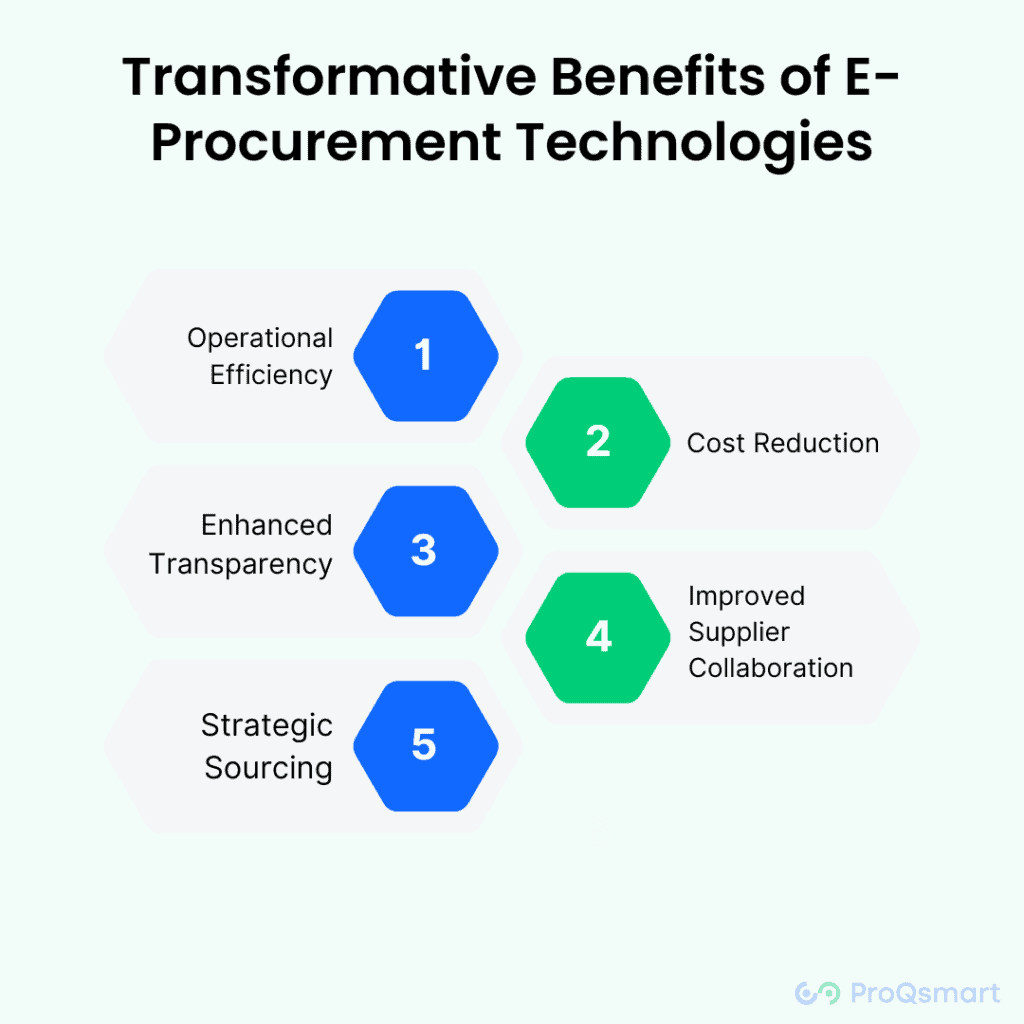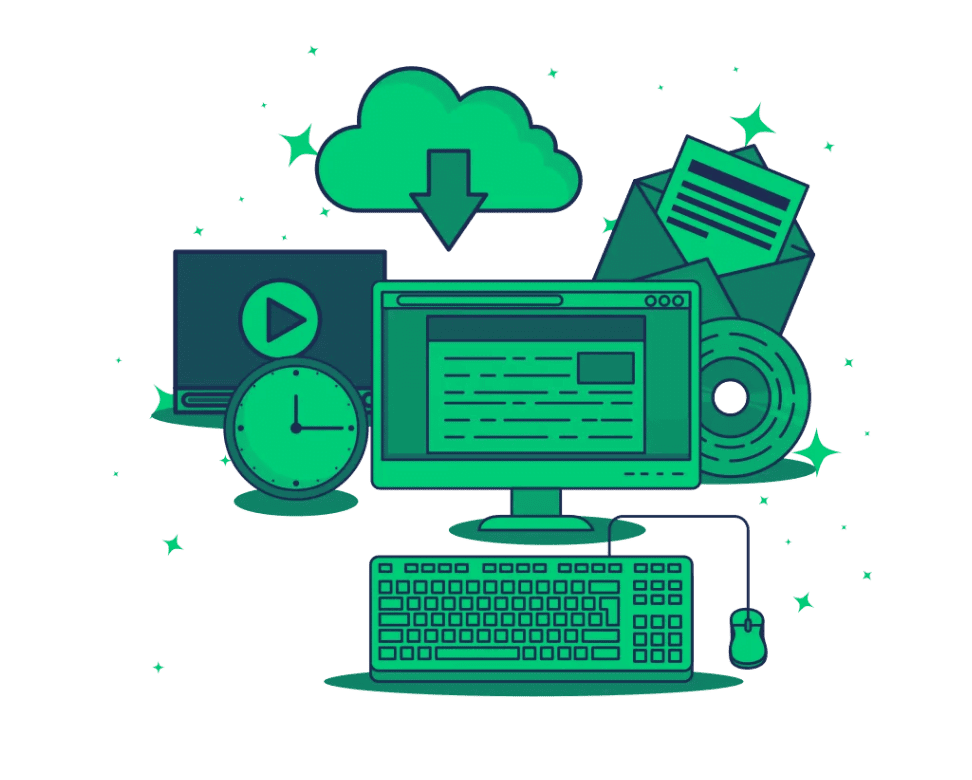The advent of eProcurement technologies has marked a significant turning point in the way businesses approach procurement. These digital solutions are not just tools for automating purchasing tasks but are pivotal in reshaping procurement strategies, fostering cost-effectiveness, and enhancing operational efficiency. Let’s delve into the realm of eProcurement technologies and uncover how they are revolutionizing business procurement landscapes.
The Essence of eProcurement Technologies
E-procurement technologies refer to the suite of digital tools and platforms that automate and streamline procurement processes, from sourcing and ordering to payment and supplier management. These technologies are designed to facilitate, faster, and more cost-effective procurement operations.
Transformative Benefits of eProcurement Technologies

Operational Efficiency
Automation of procurement tasks reduces manual workload, speeds up transaction times, and minimizes errors, leading to increased operational efficiency.
Cost Reduction
E-procurement enables better spend management through detailed analytics and reporting, helping businesses negotiate better deals and leverage bulk purchasing advantages.
Enhanced Transparency
Digital procurement systems offer real-time visibility into procurement activities, ensuring accountability and enabling more informed decision-making.
Improved Supplier Collaboration
E-procurement platforms provide seamless communication channels and data-sharing capabilities, fostering stronger and more collaborative supplier relationships.
Strategic Sourcing
Advanced analytics and market intelligence features assist in identifying the best suppliers, optimizing spend, and aligning procurement activities with business goals.
Key Components of eProcurement Technologies
Electronic Request for Proposals (e-RFPs) and Bidding: Digitizing the RFP and bidding process streamlines supplier selection, ensuring competitive pricing and optimal supplier performance.
Purchase Order Management: Automated systems for managing purchase orders enhance the efficiency of order processing and fulfilment.
Contract Lifecycle Management: Digital contract management tools facilitate the creation, execution, and analysis of contracts, improving compliance and negotiation outcomes.
Spend Analysis Tools: These tools provide insights into spending patterns, identify cost-saving opportunities, and support strategic financial planning.
Supplier Relationship Management (SRM): E-procurement technologies include features for managing supplier information, performance, and interactions, promoting stronger, more strategic partnerships.
Navigating Challenges in eProcurement Implementation
While e-procurement technologies offer numerous benefits, businesses may face challenges in implementation, such as resistance to change, integration complexities with existing systems, and the need for ongoing training and support. Overcoming these hurdles requires a clear strategy, strong leadership, and a focus on long-term value creation.
Conclusion
E-procurement technologies are at the forefront of the digital transformation in procurement, offering significant advantages in terms of efficiency, cost savings, and strategic business alignment. As businesses continue to navigate the complexities of the modern marketplace, embracing e-procurement technologies becomes essential for enhancing procurement practices, driving growth, and maintaining competitive advantage. With the right approach and tools, organizations can fully leverage the potential of e-procurement to transform their procurement operations and achieve sustained success.


